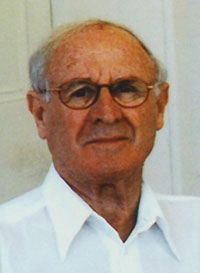Victor Wynn, a physician, scholar and philanthropist who was one of the pioneers of the study of metabolism, died in London on 6 October 2006 of heart failure.

Victor had a driving, single-minded personality that was not thwarted by three decades of his own experience of heart disease, from which he began to suffer at the age of 55. He is survived by his wife Marianne, Emeritus Professor of German at the University of London, and daughter Nicola.
- John R Rigg
Correspondence:
Online responses are no longer available. Please refer to our instructions for authors page for more information.




